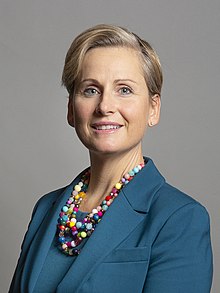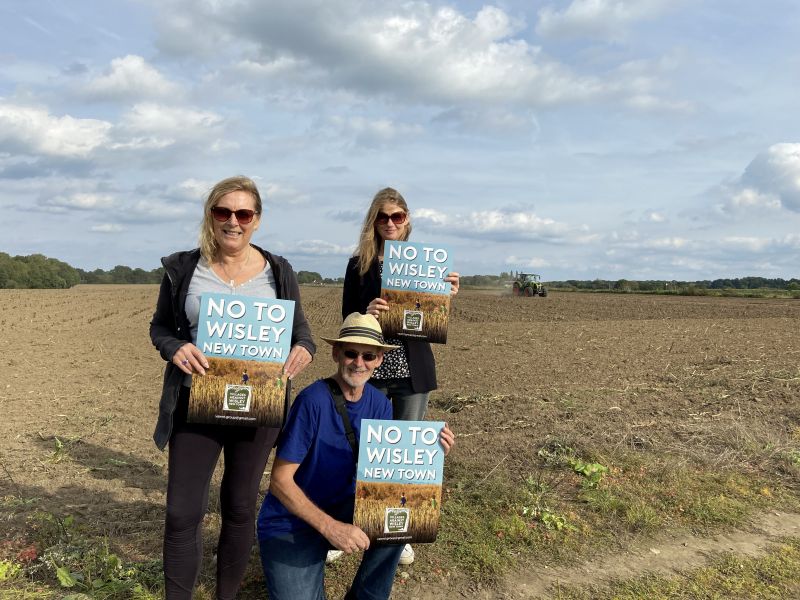Surrey County Council’s leader said the authority will “learn lessons” from problems which left 150 families without school transport. Issuing an apology on behalf of the council, Councillor Tim Oliver said the authority had to “hold its hands up” after children, many with additional needs, had to find alternative travel arrangements. The cabinet member for education and learning, Councillor Clare Curran (Conservative, Bookham and Fetcham West), echoed his apology to the “families who have had such anxiety and delays” since the start of term.
Image: Tim Oliver Surrey County Council leader – credit Surrey Live
In a full council meeting on Tuesday (October 11) Cllr Oliver (Conservative, Weybridge) said a change in policy, along with increased demand and driver shortages, led to a backlog in processing applications. He added: “This has been a very complex and difficult situation and we have to hold our hands up on occasions like this to say that we have let some people down. However, I know that the home to school transport team have been working day and night alongside our customer services team to help as many families as they can.”
He committed to members that the authority would learn lessons from the beginning of the school year.
At the start of term, nearly 150 families were left without school transport as the authority attempted to work through more than 500 applications.
Parents came forward to the LDRS* with stories of long journeys on public transport and children who weren’t able to stay for the whole school day because of sibling pick ups and drop offs. A council spokesperson at the time said there had been an increase in staffing as well as temporary financial allowances being given to families to make alternative arrangements.
Cllr Nick Darby (Dittons and Weston Green Residents, The Dittons) thanked local media for bringing attention to the issue and said there had been a “woeful lack of communication” with families when transport was withdrawn or delayed before the start of the school term. He added: “Lessons need to be learned, and quickly, to avoid any repetition. Sufficient resources in place well in advance, regular communication. This year [there was] none of that, the problem could have been identified months ago. Sorry may be the hardest word but here it is entirely appropriate, as you have said leader, addressed to our numerous left-behind children, their left-behind and stressed parents, our left-behind officers doing their best to sort out the problems.”
Cllr Curran said it was not the intention that a new policy, which said individual transport would only be agreed in extenuating circumstances, would push more parents through the appeals process.
Meeting documents also showed that no SEND (Special Education and Needs Disability) children had had their solo transport removed since the new policy was implemented. She said: “I repeat and reinforce the leader’s apology to those families who have had such anxiety and delays in the recent weeks related to home to school travel assistance.”
Saying the council chamber had been turned into a “political environment”, Cllr Oliver admitted that though the authority’s ambition was to ensure that no one in Surrey was left behind, “that isn’t currently the case”. He added: “But it is our ambition and it will remain our ambition to make sure that we do look after every vulnerable member of this county, whether that’s a family or a child or any resident.”
Cllr Curran confirmed a review was being carried out into what had gone wrong.
See our earlier report: Families ‘in limbo’ as SCC fails on school transport
*LDRS BBC’s Local Democracy Reporting Service with which Epsom and Ewell Times is in partnership


